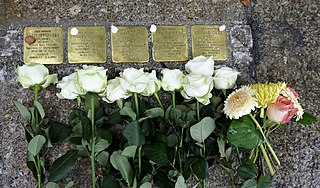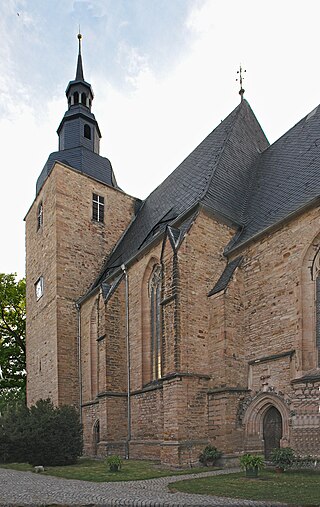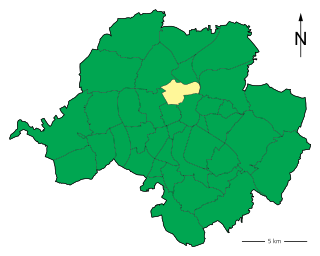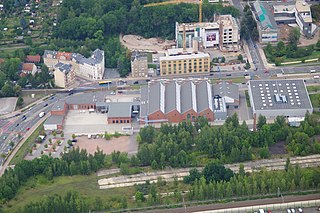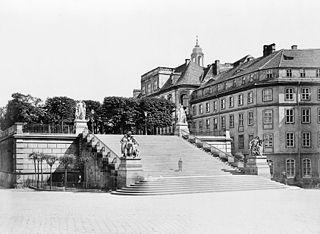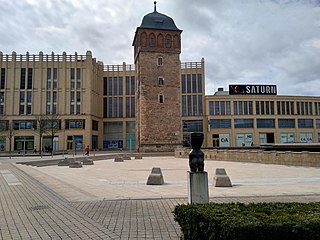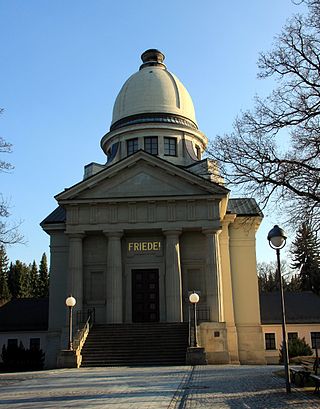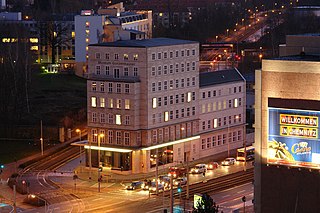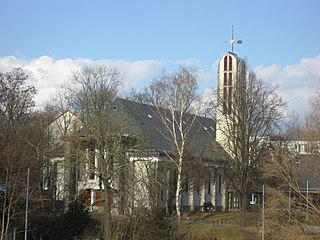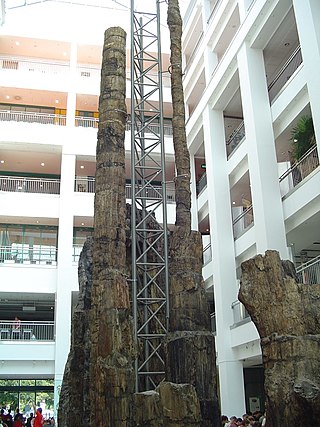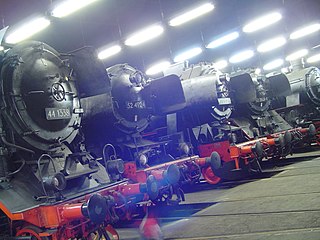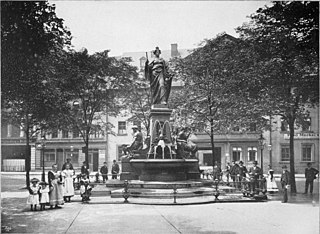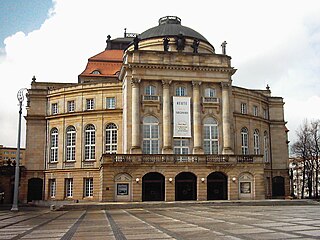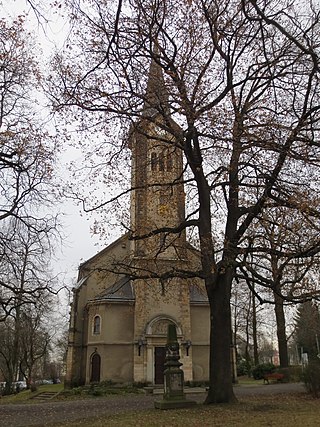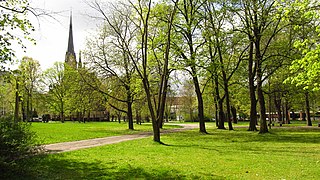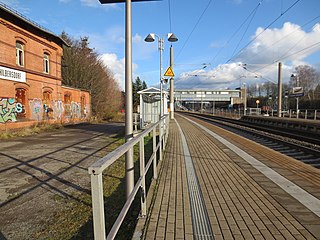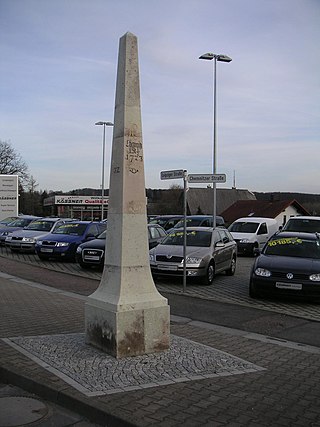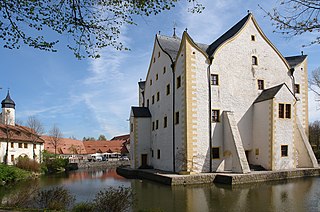24 Sights in Chemnitz, Germany (with Map and Images)
Legend
Welcome to your journey through the most beautiful sights in Chemnitz, Germany! Whether you want to discover the city's historical treasures or experience its modern highlights, you'll find everything your heart desires here. Be inspired by our selection and plan your unforgettable adventure in Chemnitz. Dive into the diversity of this fascinating city and discover everything it has to offer.
Sightseeing Tours in Chemnitz1. Dr. Else Wolff
The list of stumbling stones in Chemnitz contains all stumbling stones that were laid in Chemnitz as part of the art project of the same name by Gunter Demnig. They are intended to commemorate the victims of National Socialism who lived and worked in Chemnitz.
2. Stiftskirche Ebersdorf
The church of the monastery of Our Lady Ebersdorf in the Chemnitz district of Ebersdorf can be traced back in its origins to the 12th century and was a Marian pilgrimage site from the 14th century onwards. The initially small Romanesque village church received its present appearance through reconstruction and enlargement in the 15th century. Its precious, artistically high-quality furnishings date mainly from the 15th and early 16th centuries, when a collegiate monastery was located next to the church. Some votive offerings of the pilgrims have also been preserved, around which various legends are entangled.
3. Schloßteichpark
Schloßchemnitz is a district of Chemnitz, Germany. The district was formed in 1859 from the two rural communities "Schloßgasse" and "Schloßvorwerk" and was incorporated on 1 October 1880. The B 95 and the B 107 run through Schloßchemnitz.
4. Industriemuseum Chemnitz
The Chemnitz Industrial Museum is an extensive collection of Saxon industrial history in Chemnitz and is part of the Saxon Industrial Museum Association. The exhibition is located in a former foundry hall of the former machine tool factory Hermann und Alfred Escher AG.
5. St. Petri Kirche
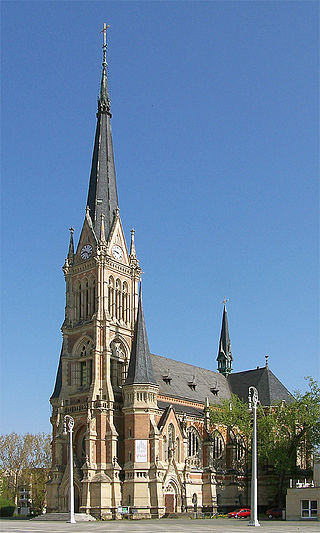
The Petrikirche is a Protestant church building in Chemnitz, which was built from 1885 to 1888 according to a design by the Leipzig architect Hans Enger as a neo-Gothic hall church. The church is located on Theaterplatz and thus in the immediate vicinity of the opera house and the Chemnitz Art Collections.
6. Vier Tageszeiten
The "Four Times of the Day" are four groups of figures designed by Johannes Schilling for the northern staircase of the Brühl Terrace in Dresden. Viewed from left to right, the allegorical embodiments of "evening" and "night" were erected at the bottom of this staircase in 1868 and of "morning" and "noon" at the top in 1871. The originals stood here until 1908; In 1936 they were brought to Chemnitz and set up in the park at the Schloßteich. In Dresden, the groups of figures were replaced by bronze casts.
7. Roter Turm
The Red Tower is the landmark of the city of Chemnitz and its oldest surviving building. It was built towards the end of the 12th century and initially served as a keep to protect the surrounding settlements, later it was the seat of the city bailiff. The tower was probably integrated into the Chemnitz city fortifications as early as 1230.
8. Schlosskirche St.Marien
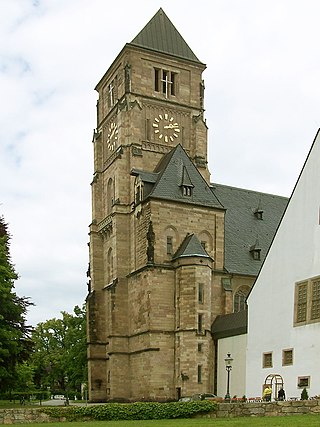
The Chemnitz Castle Church is located in the Chemnitz district of Schloßchemnitz on the Schloßberg and is considered the most valuable building in the city. It is one of two churches of the St. Petri Castle parish in the Evangelical Lutheran Church of Saxony.
9. St. Markus
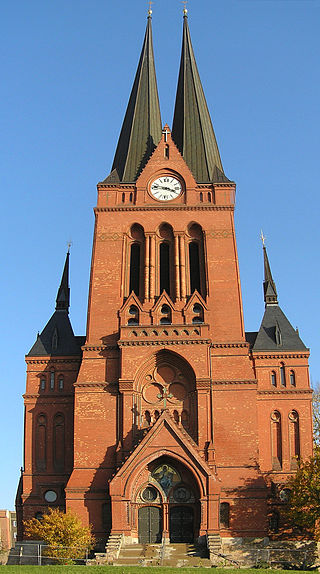
The Protestant St. Mark's Church in the Sonnenberg district of Chemnitz was built between 1893 and 1895 according to designs by the Berlin architects Abesser and Kröger in the style of North German brick Gothic. The double helmet tower, which can be seen from afar, is striking. The coloured glazing is still preserved in its original form. The organ at that time came from the organ builder Jehmlich from Dresden. The original painting of the walls is only partially preserved. The church has 1350 seats.
10. Ehrenhain der Sozialisten
The Municipal Cemetery, originally called the New Cemetery, is the main cemetery of the city of Chemnitz. It is located just outside the city center in the Bernsdorf district. The cemetery is bordered by Augsburger Straße, Reichenhainer Straße and Wartburgstraße. To the west, Reichenhainer Straße separates the crematorium and the urn grove from the municipal cemetery. The area of the cemetery measures 30.8 hectares, that of the urn grove 8.5 hectares.
11. Schloßbergmuseum Chemnitz
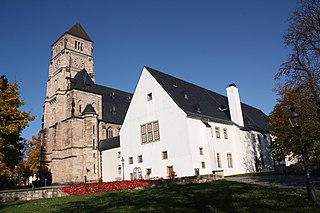
The Schloßberg Museum is the museum of city history of the city of Chemnitz. It is located in the district of Schloßchemnitz on the site of an old Benedictine monastery, which Emperor Lothar III had built around 1136 on a mountain near the Chemnitz. Rabenstein Castle is a branch office.
12. Karl Marx Monument
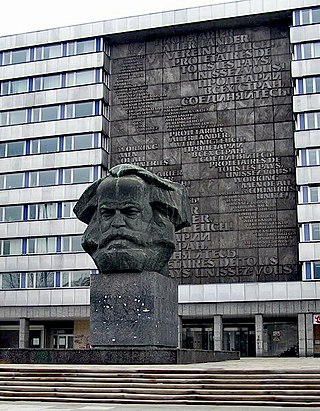
The Karl Marx Monument is a 7.10m (23.29ft)-tall stylized head of Karl Marx in Chemnitz, Germany. The heavy-duty sculpture, together with the base platform, stand over 13 meters tall and weighs approximately 40 tonnes. On a wall just behind the monument, the phrase "Workers of the world, unite!" is inscripted in four languages: German, English, French and Russian.
13. Museum Gunzenhauser
The Gunzenhauser Museum is a museum and art gallery located in Chemnitz, the third largest city of Saxony, Germany. It contains 2,459 works by 270 modern artists of the 20th century that have been collected by the art dealer Dr. Alfred Gunzenhauser. The Gunzenhauser Museum was inaugurated in December 2007 in the presence of German President Horst Köhler and is one of the most important museums of modern art in Germany.
14. Propsteikirche St. Johannes Nepomuk
The Provost's Church of St. John of Nepomuk is a Roman Catholic church in Chemnitz, Germany. Today's church was built between 1953 and 1955 according to a design by the Chemnitz architect Willy Schönefeld. The church is located in the southeast of the district of Kaßberg and borders on Reichsstraße and Hohe Straße.
15. Museum für Naturkunde Chemnitz
The Museum für Naturkunde Chemnitz is a natural history museum founded in 1868 in Chemnitz, Saxony. In addition to a collection of over 300,000 exhibits, the museum houses the Sterzeleanum, a historical cabinet, the insectarium and changing special exhibitions. In the large atrium of the DAStietz Cultural Centre, the location of the museum, is the Petrified Forest, the largest plant fossil in Europe.
16. Rundhaus II
The Saxon Railway Museum is located in Chemnitz, in the state of Saxony, eastern Germany. It is situated on the site of the former locomotive depot for goods train locomotives in the district Hilbersdorf.
17. Saxoniabrunnen
The Saxonia Fountain, which once adorned Chemnitz's Roßmarkt, has been on the redesigned Johannisplatz since the beginning of July 2011. The existing base and the attachment were restored. The bronze figures of the blacksmith and spinner on the sides, as well as the figure of Saxonia, which fell victim to a metal donation during the war, were recast with donations. Instead of the former two-tiered pedestal, the fountain was placed on a single-stage pedestal during the reconstruction. According to the chairman of the Saxonia Fountain Association, Peter Fritzsche, the former fence was intentionally omitted during the reconstruction, so that people can approach the fountain and experience it more consciously. The newly cast "Saxonia" is considerably smaller than the original and somewhat simplified in design. For example, the large Saxon coat of arms, which used to explicitly identify the figure as a personification of Saxony.
18. Kreuzkirche
The Kreuzkirche of the St.-Jakobi-Kreuz-Kirchgemeinde was built in 1935/36 in the Kaßberg district of Chemnitz by Otto Bartning, an important church builder of the 20th century. Its 40-metre-high free-standing tower is reminiscent of Italian Campanile and is an eye-catcher in the district. After its destruction in 1945, it was rebuilt until 1954.
19. Opernhaus Chemnitz
Theater Chemnitz is a German municipal theater organization based in Chemnitz. Performances of opera, ballet, plays, symphonic concerts, and puppet theater take place in its three main venues:Opernhaus Chemnitz Stadthalle Chemnitz Schauspielhaus Chemnitz
20. St. Matthäus
The Evangelical Lutheran parish church of St. Matthäus in the Altendorf district of the city of Chemnitz, Zinzendorfstraße 16, was built in 1885 according to plans by the architect Christian Friedrich Arnold and is a listed building. The associated St. Matthew's Cemetery is also a protected group with its cemetery chapel and its grave monuments.
21. Schillerplatz
Schillerplatz in Chemnitz is a park in the center of the city center. It was given its name in 1859 on the occasion of the 100th birthday of Friedrich Schiller and has been expanded according to plan since 1890.
22. Empfangsgebäude Chemnitz-Hilbersdorf
Chemnitz-Hilbersdorf is the name of a former freight yard and a halt on the Dresden–Werdau railway in the city of Chemnitz in the German state of Saxony. The halt is today served by Regionalbahn services on the Dresden–Zwickau route as well as by local trains of City-Bahn Chemnitz to Hainichen and central Chemnitz (C15). Both lines run hourly, together they offer a service approximately every 30 minutes in each direction.
23. Kursächsische Postmeilensäule
The listed Electoral Saxon Ganzmeilensäule Chemnitz is one of the postal milestones that were erected in the Electorate of Saxony in the 1st half of the 18th century by the Land and Border Commissioner Adam Friedrich Zürner on behalf of the Elector Friedrich August I of Saxony. It is located on the south side of the junction of Chemnitzer Straße and Leipziger Straße, on the old post road from Dresden to Hof in the Saxon city of Chemnitz.
24. Wasserschloss Klaffenbach
The Klaffenbach moated castle, located in the Klaffenbach district of the Saxon city of Chemnitz not far from the Würschnitz, was built at the beginning of the 16th century and is an almost unique example of a Renaissance moated castle in Saxony.
Share
How likely are you to recommend us?
Disclaimer Please be aware of your surroundings and do not enter private property. We are not liable for any damages that occur during the tours.
